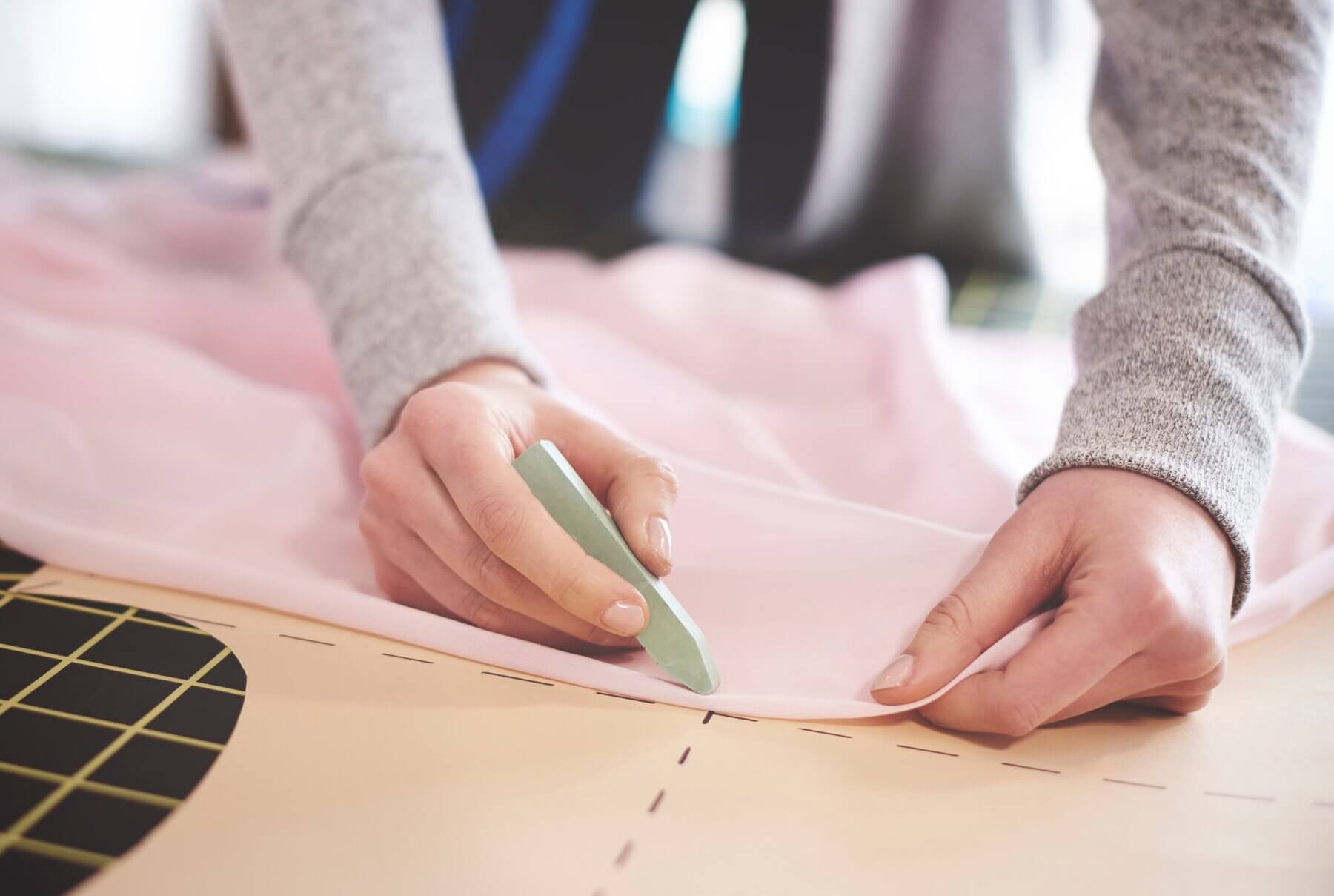Cosplayers
Pattern Making and Alteration for Cosplay: 5 Tips to Do it Right
3 mins read

One of the most challenging aspects of cosplay is, of course, creating the costume itself. Bringing the design to life in reality takes so much effort, time, and resources. Additionally, you may also encounter some challenges in terms of making the costume fit you perfectly. It’s inevitable that there may be adjustments involved, since you won’t always match the body of your character. Here are some tips you can follow in order to help you make adjustments in your costume, so that you can achieve that perfect fit.
1. Creating Your Blueprint
There are various techniques for creating your patterns for your costume but the commonly used ones are called draping and flat pattern. The former requires the use of a mannequin and where pieces of cloth are pinned onto and afterwards traced on paper and laid out flat. Flat pattern, on the other hand, is where 2D shapes are drawn separately using either a basic pattern or from scratch which when put together, will fit the body. To do this, you may use a CAD software or go the more traditional and less tech route of using a pencil, a French curve, and a ruler.
2. Scaling is Everything
Before you do your cut-outs, always make sure to prepare a comparison of your measurements and your character’s measurements, so that you can scale up or down when necessary. If your character is taller than you, you will have to scale down the measurements to fit your figure. This is a very important step so that you can adjust everything and ensure that you will have a good outcome when it comes to constructing the full look. This extends to your weapons and other props as well. The last thing you would want is to carry a comically-large sword while wearing a scaled-down costume.
3. Materials Matter
Costume construction entails a lot of different materials; your choice of what to use will matter in terms of fitting into your costume. It’ll help if you have flexible-enough materials to give some leeway when you’re finally wearing the full gear. The more flexible it is, the better your chances of being able to move around and do adjustments on the fly when the need arises. Additionally, flexible materials mean that you’ll still be able to wear the costume even if you gain weight after some time.
It’s also wise to invest in some extra supplies of your materials. It’s costly, but could save you from shelling out more money in the future due to fitting errors. Having extra supplies will allow you to do experiments and trial fits for certain parts of your costume, so that you can easily settle for the perfect sizing at the end. Besides, you can always recycle the extras for other costumes.
4. Collaborate and Connect
A process as complicated as costume design is best accomplished with a partner or two. In order to make things easier for you, it’ll help if you can collaborate and connect with other cosplayers when creating costumes. They can help you with your measurements and even give ideas for what materials to use. There are also those who accept commissions for costume-making, wig styling, among others.
5. Venture Out into Variations
There may be times wherein you would have to modify certain parts of your costume to make everything fit together perfectly. A square segment may look better as a rectangle, or an octagon may have to be morphed into a circle. The important thing is for you to piece together a costume that fits your specific body type; if it comes down to it, changing the shapes of certain parts may be the best way forward. Try out different variations of your costume pieces until you piece together a cohesive-looking finished product.
We can’t always match our character’s looks, but we can always bend the rules along the way; as long as you produce a costume that fits you well, you have free rein over how you create patterns and come out with costumes that are perfect for you.
